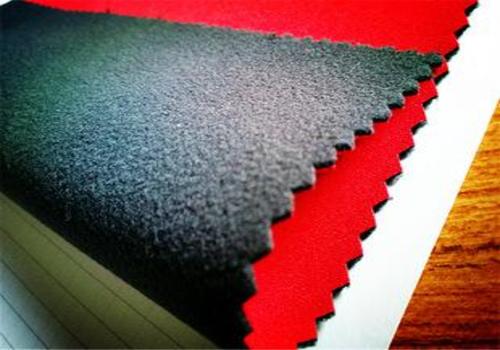TPU laminated fabric should be called TPU composite fabric or laminated textile. It is a new type of fabric that combines the advantages of two types of fabrics or a film that needs to be compounded with the fabric

characteristic:
The most popular and environmentally friendly bonding fabric at present is TPU composite fabric, which is a new type of fabric obtained by combining the characteristics of TPU film and various fabrics to produce a composite raw material.
TPU (Thermoplastic Polyurethanes), a thermoplastic polyurethane, is a linear block copolymer composed of oligomeric polyether polyol soft segments and diisocyanate chain extender hard segments. TPU can be made into thin films by flowing water, blown film machine, die-casting or coating, with excellent characteristics such as good elasticity, toughness, wear resistance, good cold resistance, and non-toxic environmental protection.
Method:
There are two methods for making TPU composite fabrics. One is called post bonding, which involves first making a TPU film and then applying glue to the fabric. The other is called online bonding, which involves applying glue to the fabric or not, and directly producing TPU on the fabric to make TPU composite fabric or mesh fabric.
Generally, manufacturers engaged in post adhesive production do not have a large business scale. There are many small processing plants in China, which mostly purchase TPU films from external film factories and only carry out the entire process of coating and bonding. The entire process of post pasting will add ultra-high pressure and high temperature to the TPU film again. Improper process control can cause damage to the film, even minor holes.
Online bonding is a one-time composite of liquid TPU film onto the fabric, avoiding damage to the film. The surface is aesthetically pleasing and can be textured in different ways. But this type of composite method requires a large investment in equipment and high technical standards. There are few manufacturers in China that can achieve this kind of composite processing technology, and most of them are produced in Taiwan, China, South Korea and other places.